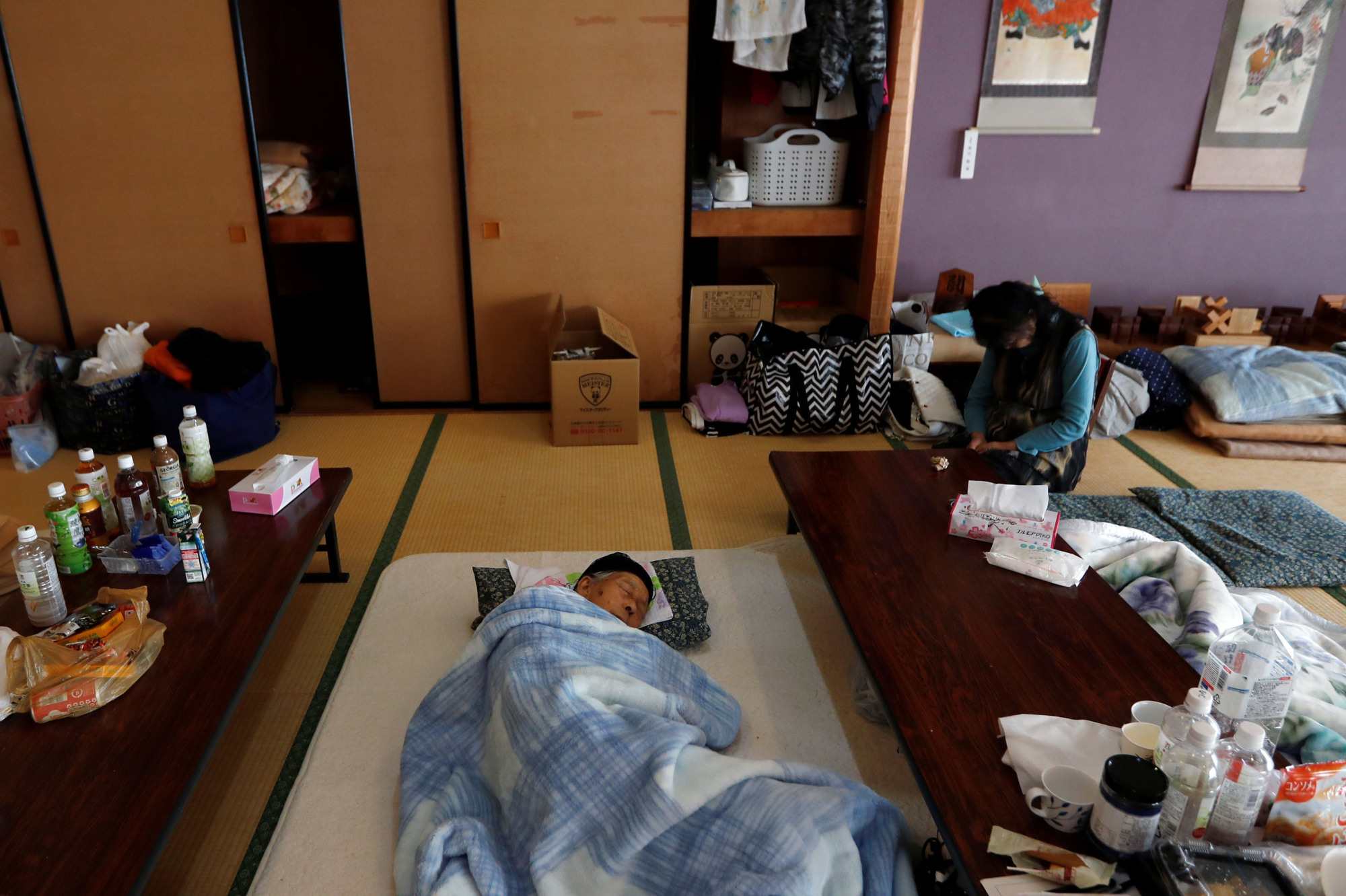Typhoon Hagibis, known here as 台風19号 (taifū jyūkyūgō, typhoon No. 19) because Japan numbers its storms instead of naming them, tore through the archipelago and had claimed 84 lives as of Oct. 24 according to state broadcaster NHK.
Prime Minister Shinzo Abe declared Hagibis a "激甚災害" ("gekijin saigai," "major disaster"), a term that authorizes the government to provide economic support to victims. 気候変動が続くと台風はより強くなると言われている (Kikō hendō ga tsuzuku to taifū wa yori tsuyoku naru to iwarete-iru, It's said that typhoons will become stronger as climate change continues), so learning the vocabulary used during an emergency is becoming more and more of a necessity.
Disaster experts believe deaths can be avoided if people first and foremost obey the 避難指示 (hinan shiji, evacuation notices) that are issued by local and regional governments during a catastrophic 災害 (saigai, disaster). These notices are, in effect, orders, even though the Japanese government legally can't "order" citizens to do things. Make no mistake, though, if a 避難指示 has been issued, disaster is coming. Less severe is a 避難勧告 (hinan kankoku, evacuation advisory), but some experts recommend you ready yourself to leave as soon as the announcement for the slightly less urgent 避難準備 (hinan junbi, evacuation preparations) is broadcast over your local loudspeakers.

















With your current subscription plan you can comment on stories. However, before writing your first comment, please create a display name in the Profile section of your subscriber account page.